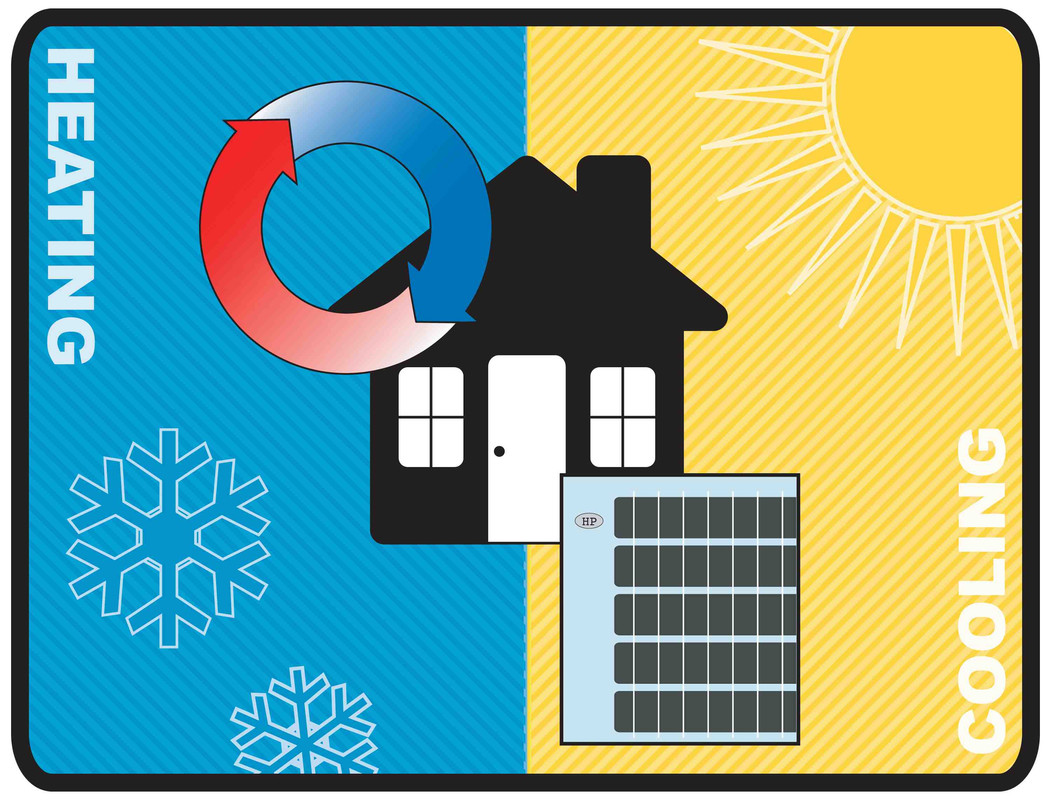
Not everyone is familiar with the various kinds of Heating and Air Conditioning devices that exist to make heating and air conditioning possible. As time goes on, HEATING AND COOLING devices changes for the much better, generally being more cost efficient or energy effective. Understanding some of the basic pieces and their functions might help develop a better understanding of how a HVAC system operates.
Not all A/C systems are the same, but many of them include the exact same parts that are required to interact as a system. Whether you have the ability to do it yourself or you require to call a HVAC specialist, these parts that are consistently working together to keep the general system running smoothly. Let's do a rundown on some Heating and Air Conditioning devices.
Heating and Air Conditioning Coils
There are two types of HVAC coils in a normal HVAC system; a condenser coil and an evaporator coil. The condenser coil aids in heat exchange, and similar https://air-conditioning-repair-toronto.ca/5-reasons-to-call-a-professional-air-conditioning-technician/ to it says in the name, it condenses the hot refrigerant gas by being pumped outside and put under pressure to develop into liquid. The condenser coil then helps to release the heat, and the refrigerant returns within to the evaporator coil. The evaporator coil, typically discovered in the air conditioner, is where the https://air-conditioning-repair-toronto.ca/contact-us/ family air goes through to be taken in and become cold air. This air is then blown through the ducts.
Air Handler
An air handler is an indoor metal box utilized for both heating & cooling. It consists of the blower, which is what sends out the air through your house, along with the evaporator coil. Depending upon the size of the A/C system, it's readily available in various sizes and different speeds. It is among the most vital parts of the Heating and Air Conditioning system. It's how your cool air and warm air reaches you.
Refrigerant Lines
Refrigerant lines are the metal tubes that the refrigerant goes through on its method to the evaporator coils. Refrigerant is what triggers the cooling. The condensing unit vaporizes the liquid into gas and goes to the evaporator coil as liquid. These tubes can handle numerous temperatures, from normal to severe.
Heating system
The heater is a big unit, usually concealed away in a basement or a closet. The heating system is the Heating and Cooling system's heat provider. Heat is sent from the heater to all the ducts of the house. There are different kinds of heaters with various kinds of heat sources. For example, a gas heating heater uses gas and oil.
Single Stage Furnace vs. Two-Stage Heating System
The single stage furnace has an on and off function, allowing the user to have complete control. The two-stage heating system resolves the thermostat. The thermostat is used to determine whether hot air or cold air is required. The two-stage heating system is beneficial for conserving energy since the furnace turns off by itself when the temperature level reaches a proper level.
Heat Exchanger
A heat exchanger is discovered in every heater unit. It's an extremely vital part and it need to be kept clean. First, the thermostat triggers the furnace. Then, the heat exchanger goes into action. Cool air comes into the heat exchanger, which is pulled from the spaces of the home or building, and is heated to be distributed back in.
Thermostat
A thermostat is the controlling component of the furnace. It senses the temperature level and informs the furnace. Most of them are placed so that they can be quickly accessed and changed by those inhabiting the home or structure. Depending upon preference, they can be programmed or by hand set. A programmable thermostat is beneficial for managing the temperature during perpetuity of the day. A programmable thermostat can even help to save cash and energy.
Ducts
Ducts, or ductwork when describing the system of ducts, are typically made from aluminum and often put within the ceiling when the home or building is built. Ductwork is accountable for moving air to different areas of the home. It is essential to keep the ducts insulated.
Vents
A vent is a rectangular opening in which the air transferred from the ducts is released. The metal utilized to make the vents is able to manage both the cold and hot air temperature levels that travel through. Have a look on or near your ceiling. They're most likely there.
Not all vents are referred to as vents. Some have particular names. An example of one is a supply register. It's a little rectangle-shaped vent that brings the warm and cold air. The reverse of this is the return vent. The return vent is larger and made to, you thought it, return the air. It gets returned to the HVAC system to go through the procedure of being warmed or cooled once again.
Conclusion
There you have it; more behind heating and cooling than you most likely needed to know. As long as your home is receiving the proper heating and a/c, you might not believe two times about the functions behind it. Now when you're at home or any structure delighting in the comforts of one or the other, you'll be experienced about what devices is making it possible.